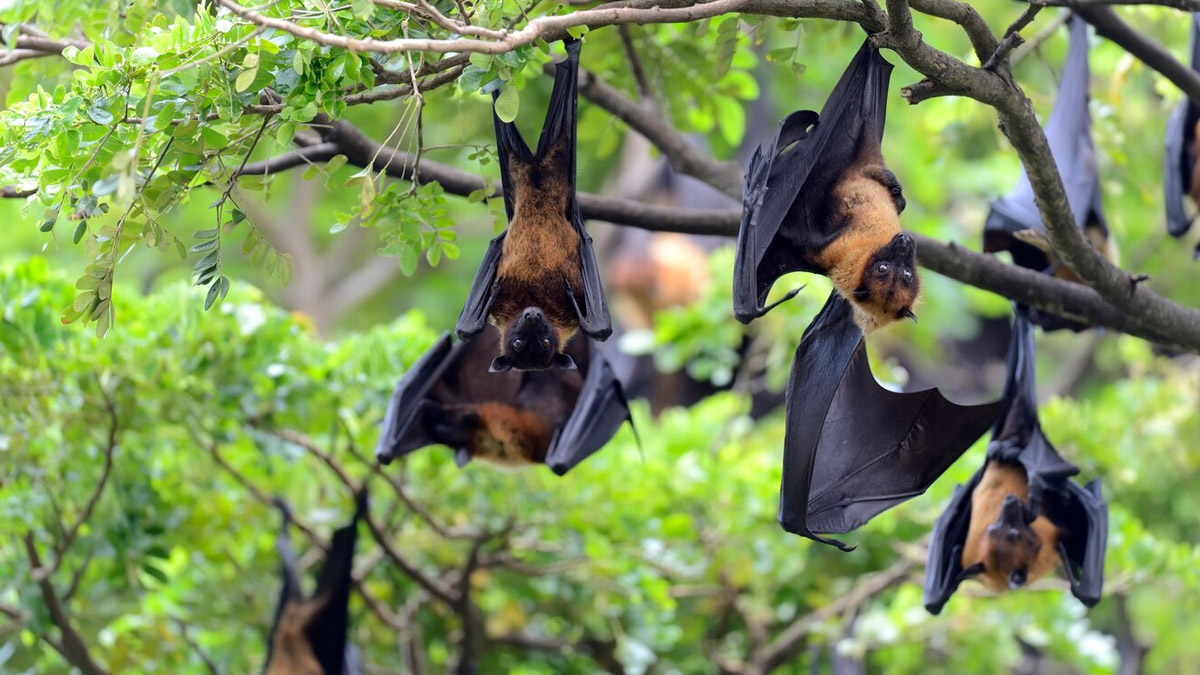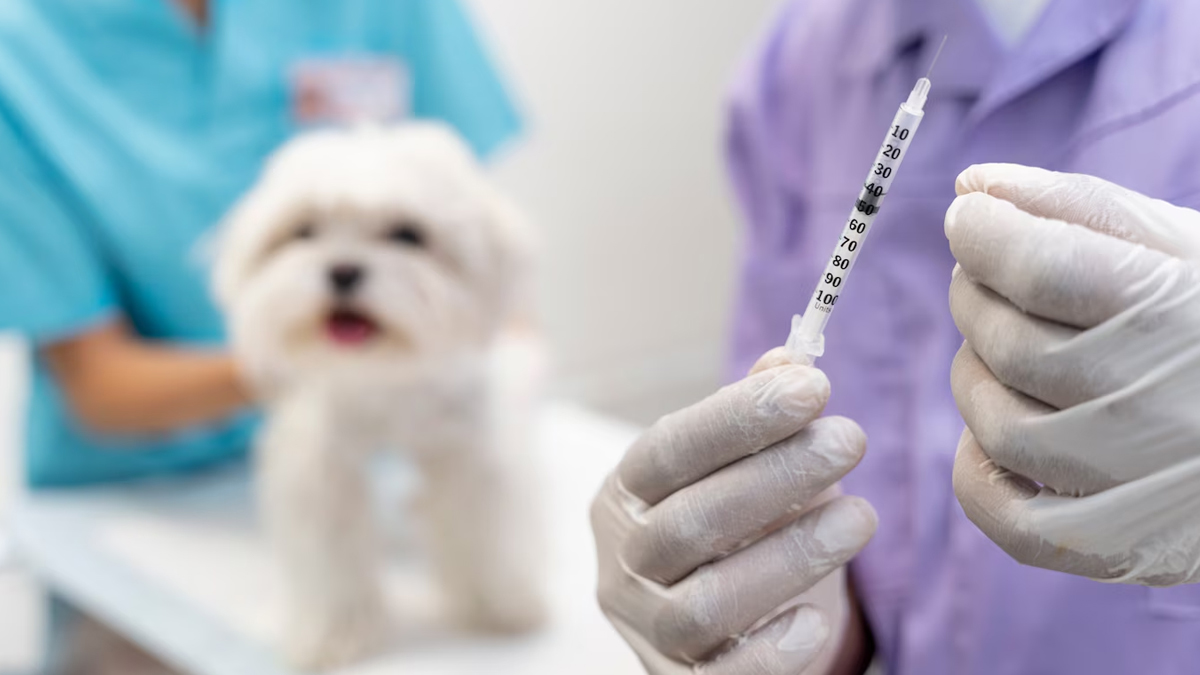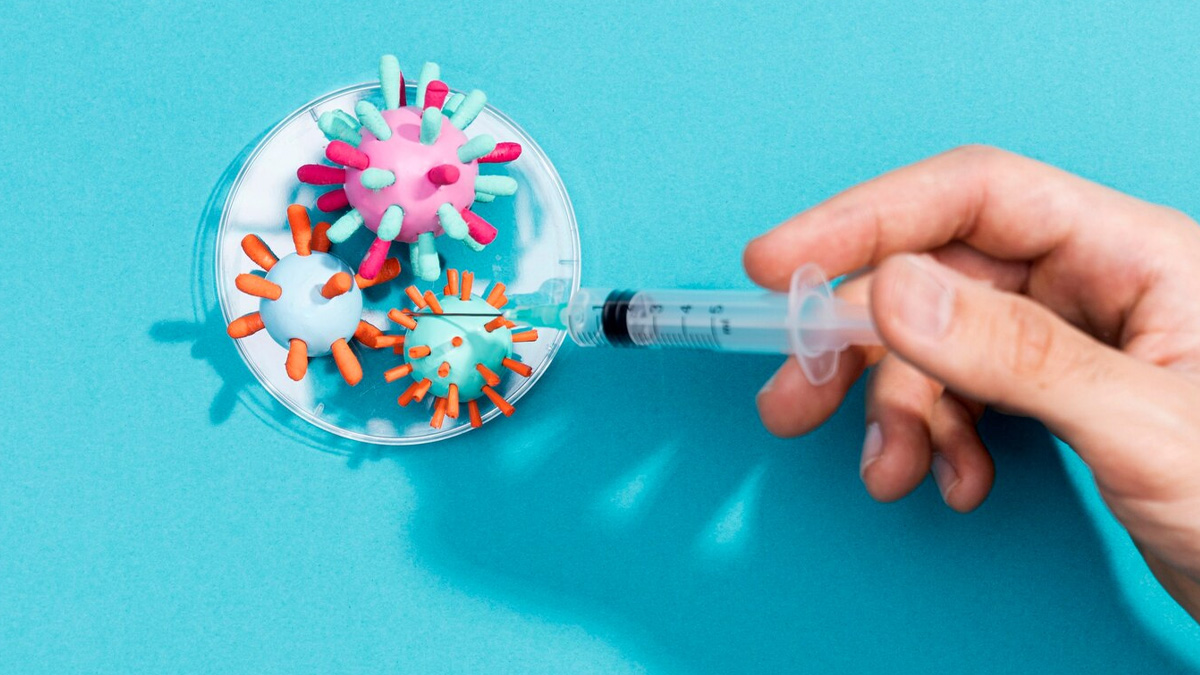
Rabies is a public health concern in India, with dog bites being the most common source of its transmission. According to the World Health Organization (WHO), more than 55,000 people die from rabies each year, mostly in Asia and Africa, with India alone accounting for 36% of these deaths, making it one of the most rabies-endemic countries in the world.
Table of Content:-
The recent New Delhi news dog menace became a hot topic and after public protest, the Supreme Court of India put a hold on the initial verdict. It was then decided that stray dogs will be vaccinated and a rabies action plan will be implemented. A fresh update on this is that government is aiming to microchip around 10 lakh dogs in a span of two years which is a part of their rabies control program.
Is Rabies Caused Only By Dog Bites?
While dogs are the primary source of infection, they are not the only carriers. Other animals can also transmit the virus. That’s why any animal bite or scratch, no matter how minor, should be taken seriously, and timely vaccination is crucial for prevention.
Also Read: Delhi-NCR Woman Dies Of Rabies After Consuming Milk From Infected Cow
Lesser-Known Carriers Of Rabies

In an interaction with the OnlyMyHealth team, Dr Atul Gogia, Senior Consultant - Medicine and Infectious Disease Specialist, Sir Gangaram Hospital, Delhi, shares that while dogs are commonly known carriers of rabies, other animals such as bats, raccoons, skunks, and foxes can also be common but lesser-known carriers. Some of the most overlooked sources of infection are:
Mongoose: Particularly in regions where they are prevalent, such as parts of the Caribbean and India.
Ferrets: Domestic ferrets can contract rabies, though it is less common.
Domestic cats: Cats are a significant rabies vector in some areas, due to their proximity to wildlife.
Symptoms Of Rabies Infection: What Are The Complications?

If left untreated, rabies infection can almost always be life-threatening or fatal. The symptoms of rabies can be divided into early and late stages, with complications including neurological damage and death.
Early symptoms include:
- Flu-like symptoms: fever, headache, muscle aches, and fatigue can be among the first signs.
- Pain or numbness at the bite site accompanied by tingling or prickling sensations.
- Anxiety and agitation
Late symptoms (neurological) include:
- Confusion and delirium
- Disorientation, and even hallucinations
- Hydrophobia (fear of water)
- Aerophobia (fear of air currents)
- Excessive salivation
- Seizures and paralysis
- Hyperactivity and aggression
- Coma and death
Complications include:
- Brain damage
- Respiratory failure
- Cardiac arrest
Immediate Steps To Take After A Bite Or A Scratch
Here are some expert-recommended steps if you are bitten or scratched by a wild animal:
- Wash the wound: Rinse the area thoroughly with soap and water for at least 15 minutes to remove saliva and reduce the risk of infection.
- Control bleeding: Apply pressure with a clean cloth to stop any bleeding.
- Seek medical attention: Promptly go to a healthcare professional or an emergency room. They can assess the need for rabies post-exposure prophylaxis (PEP).
Also Read: Actor-Travel Vlogger Shenaz Treasury Gets Rabies Shot After Bat-Bite: When Should You Take The Shot?
Timing For Rabies Vaccine After Exposure

Rabies deaths in humans are 100% preventable, according to the WHO. However, this requires prompt and appropriate medical care. The vaccine is a great way to prevent rabies infection and should be administered as soon as possible after exposure:
Post-Exposure Prophylaxis (PEP): Ideally, it should be started within 24 hours of exposure. However, it can still be effective if administered up to 10 days after exposure, though earlier is always better.
Specific Protocol: PEP typically includes a series of rabies vaccinations and, if indicated, rabies immune globulin.
The standard rabies PEP schedule involves five doses of vaccine on days 0, 3, 7, 14, and 28, with day 0 being the day of the first vaccination. This schedule is for previously unvaccinated individuals, and the first dose should be administered as soon as possible after the exposure. In some cases, particularly for immunocompromised individuals, a fifth dose on day 28 may be added.
According to Dr Gogia, the rabies vaccine is generally considered safe during pregnancy. However, as with any medical treatment, it should be discussed with a healthcare provider, considering the potential risks and benefits. Moreover, the rabies vaccine is safe for children and is an important preventive measure in cases of potential exposure.
Conclusion
While rabies is often associated with dog bites, it's important to recognise that the virus can be transmitted by a range of animals, including cats, bats, and mongooses. Given the severity of the disease and its near 100% fatality rate once symptoms appear, every animal bite or scratch should be treated as a potential risk. Immediate wound care, timely vaccination, and awareness of lesser-known carriers can make all the difference. Remember, rabies is preventable, and staying informed and proactive is the best way to protect yourself and your loved ones.
Also watch this video
Read Next
Ask The Expert: Why Young Adults Are Dehydrated Even After Gluing Themselves To Water Bottles
How we keep this article up to date:
We work with experts and keep a close eye on the latest in health and wellness. Whenever there is a new research or helpful information, we update our articles with accurate and useful advice.
Current Version
